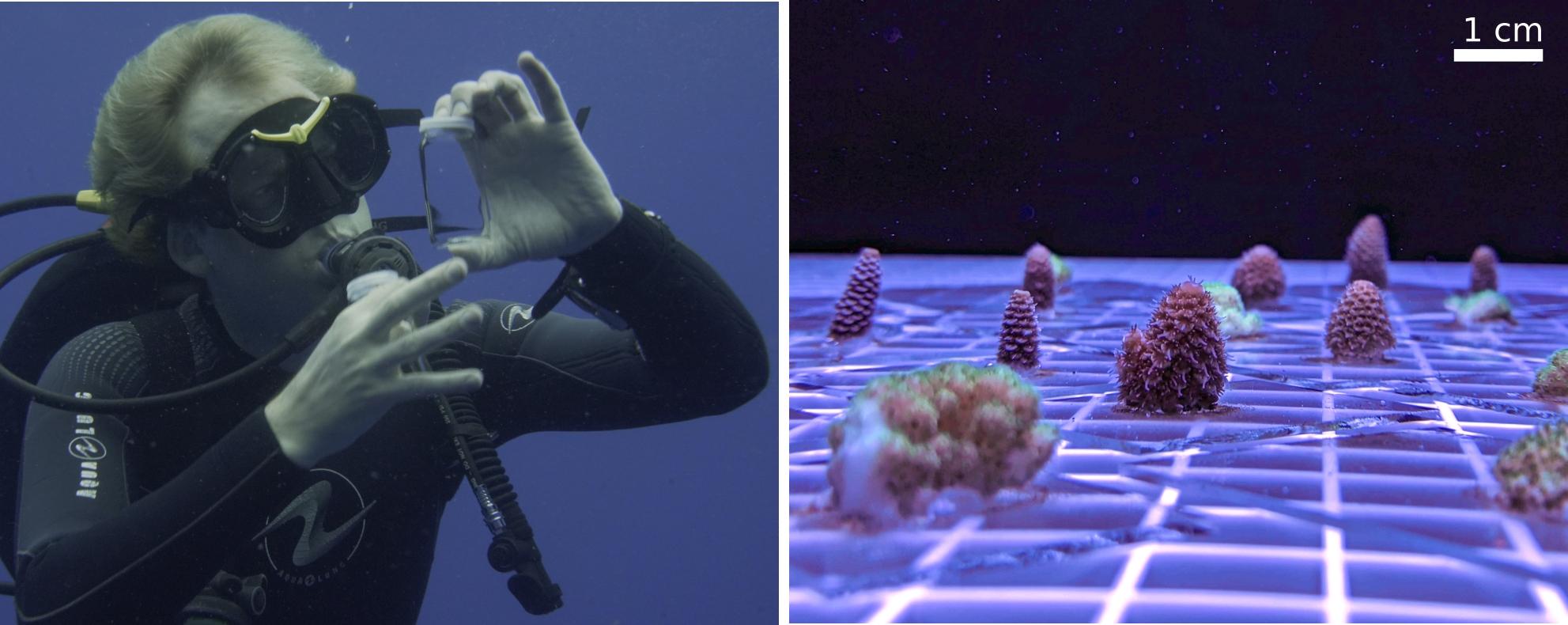
Submitted by Dr C.M. Martin-Jones on Wed, 24/05/2023 - 15:59
Intricate whorls, pastel pigments and iridescent interiors. Seashells are one of the wonders of the ocean world. But, aside from a beachcomber’s souvenir and home for a living creature, shells are also a messenger of environmental change — foretelling the impacts of warming seas and ocean acidification.
After decades of study, the exact process behind shell formation (known as biomineralization) remains shrouded in mystery. To address this, a recently funded project by the Leverhulme Trust, led by Cambridge Earth Science’s Oscar Branson, will study biomineralization and how this process might be impacted by our changing climate.
According to Branson, who wrote about the project in the Leverhulme Trust’s Annual Review, “Cracking this mystery will open the door to significant advances in understanding climate and the future of our oceans’ ecosystems.”
Many marine organisms build their shells by harvesting calcium ions and carbonate ions from seawater — combining these ingredients together to make their shells out of solid crystals of calcium carbonate. This process plays an important role in the ocean carbon cycle, and the ability of the ocean to absorb carbon dioxide from the atmosphere.
In this way, shell-building plays a significant role in Earth’s climate system, “Shells in the modern ocean are key determinants of how much carbon the ocean absorbs and, therefore, the trajectory of atmospheric CO2 and climate change in the coming decades,” said Branson.
Research over recent decades has significantly advanced our knowledge of shell growth, explains Branson, “But our knowledge of biomineralization is still incomplete.” One complicating factor is that the topic sits at the confluence between biology, chemistry and mineralogy — meaning that it has historically been divided into distinct silos.
Instead, the new project will investigate biomineralization from a range of cross-disciplinary angles. Branson will be growing so-called marine calcifiers, including corals and single celled foraminfera and cocolithophores, in the lab. In addition to monitoring how the organisms grow through recording their physiology and gene expression, Branson will also measure the chemistry of their shells and the surrounding seawater. Those data will allow them to create a computer model, which will help Branson identify the processes involved in biomineralization.
Branson hopes that this model will transform our understanding of how shells grow, and how detail within their intricate atomic structure can influence the large-scale mechanics of our climate system. Eventually, he also hopes to use the model to predict how shells might respond to future climate change.
Read more in the Leverhulme Trust's 2022 Review.
